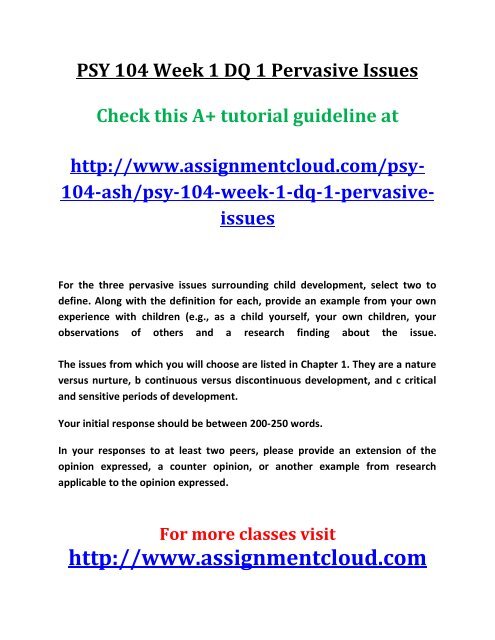

The source of information used to determine caseness usually involved a combination of informants and data sources, with a direct assessment of the person with autism in about half of the studies. Participation rates in second stage assessments were also generally high. Prevalence estimates must, therefore, be seen as underestimates of “true” prevalence proportions. The sensitivity of the screening methodology is also difficult to gauge in autism surveys, as the proportion of false negatives was usually not estimated. Third, participation rates in the first screening stages were variable although refusal rates tended to be very low.įew studies provided an estimate of the reliability of the screening procedure. Second, the type of information sent out to professionals invited to identify children varied from simple letters including a few clinical descriptors of autism-related symptoms or diagnostic checklists rephrased in nontechnical terms, to more systematic screening based on questionnaires or rating scales of known reliability and validity. In addition, the surveyed areas varied in terms of service development as a function of the specific educational or health care systems of each country and of the year of investigation. First, the coverage of the population varied enormously from one study to another.


Each investigation varied in several key aspects of this screening stage. The first screening stage of these studies often consisted of sending letters or brief screening scales requesting school and health professionals to identify possible cases of autism. Most investigations have relied on a two-stage or multistage approach to identify cases in underlying populations. Some studies have relied on existing administrative databases ( 3– 5) or on national registers ( 6) for case identification. There is evidence that the broadening of the concept, the expansion of diagnostic criteria, the development of services, and improved awareness of the condition have played a major role in explaining this increase, although it cannot be ruled out that other factors might have also contributed to that trend. The meaning of the increase in prevalence in recent decades is reviewed.

Combined all together, recent studies that have examined the whole spectrum of PDDs have consistently provided estimates in the 60–70/10,000 range, making PDD one of the most frequent childhood neurodevelopmental disorders. Prevalence of Asperger disorder is much lower than that for autistic disorder and childhood disintegrative disorder is a very rare disorder with a prevalence of about 2/100,000. The prevalence of autistic disorder has increased in recent surveys and current estimates of prevalence are around 20/10,000, whereas the prevalence for PDD not otherwise specified is around 30/10,000 in recent surveys. This article reviews the results of 43 studies published since 1966 that provided estimates for the prevalence of pervasive developmental disorders (PDDs), including autistic disorder, Asperger disorder, PDD not otherwise specified, and childhood disintegrative disorder.


 0 kommentar(er)
0 kommentar(er)
